GPS Receiver - GP-2106 SiRF IV (48 Channel)
The GP-2106 is a small form factor GPS receiver with built-in antenna. Powered by the SiRF Star IV, the module can acquire satellites as low as -163dBm. It also has a hibernate mode which can go as low as 30uA while maintaining a hot start.
Note: This module runs at 1.8V VCC, however, you can use 3.3V TTL on the TX and RX pins. Also, the ON/OFF pin needs to be toggled high (to 1.8V) or low in order to turn on the module.
Note: This GPS Receiver does NOT include a connecting ribbon cable. This cable will need to be purchased separately.
- SiRF IV chipset (3db gain over SiRF III)
- 48 channel
- Cold start - 35 second
- Warm start - 35 second
- Hot start - 1 second
- 1Hz update rate
- 1.8VCC input
- 4800bps (default)
GPS Receiver - GP-2106 SiRF IV (48 Channel) Product Help and Resources
Core Skill: Programming
If a board needs code or communicates somehow, you're going to need to know how to program or interface with it. The programming skill is all about communication and code.
Skill Level: Rookie - You will need a better fundamental understand of what code is, and how it works. You will be using beginner-level software and development tools like Arduino. You will be dealing directly with code, but numerous examples and libraries are available. Sensors or shields will communicate with serial or TTL.
See all skill levels
Core Skill: Electrical Prototyping
If it requires power, you need to know how much, what all the pins do, and how to hook it up. You may need to reference datasheets, schematics, and know the ins and outs of electronics.
Skill Level: Competent - You will be required to reference a datasheet or schematic to know how to use a component. Your knowledge of a datasheet will only require basic features like power requirements, pinouts, or communications type. Also, you may need a power supply that?s greater than 12V or more than 1A worth of current.
See all skill levels
Comments
Looking for answers to technical questions?
We welcome your comments and suggestions below. However, if you are looking for solutions to technical questions please see our Technical Assistance page.
Customer Reviews
4 out of 5
Based on 1 ratings:
A very good and tiny GPSr
It works as advertised and was easy to design in and use. One thing I wish it had was a 1 mm pin connector instead of the FFC connector. I had to remove the FFC connector and add the pin connector by hand to make it work on the small board I made. The other thing is that the power control is poorly documented. BTW, If you are a Premium member of Geocaching, check out GC3QQMM which uses this module. My current project is a car clock that is always accurate and automatically detects the current time zone and adjusts to it (well, at least for North America).

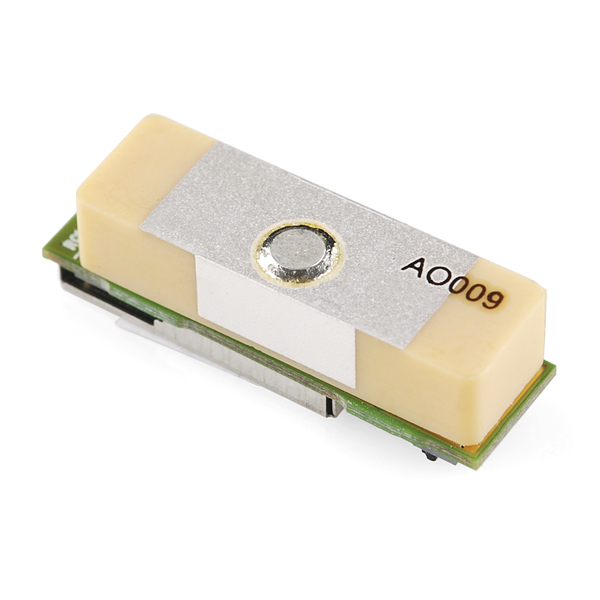
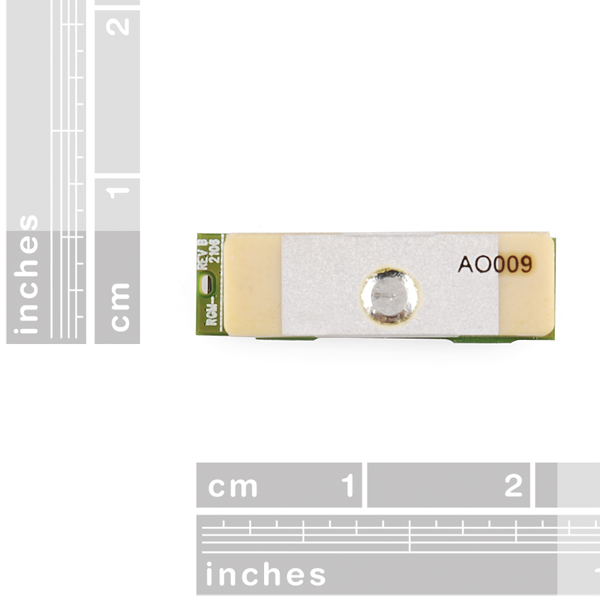
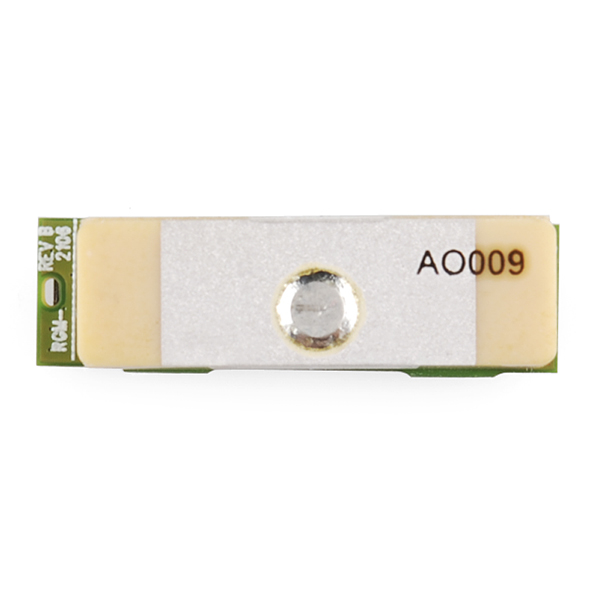
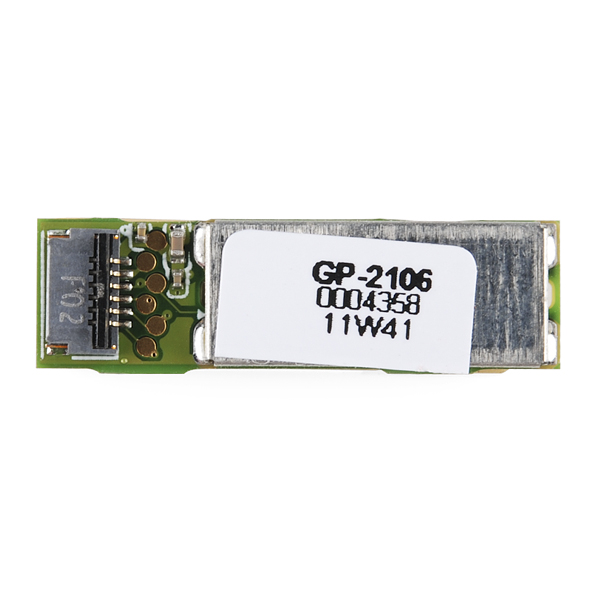
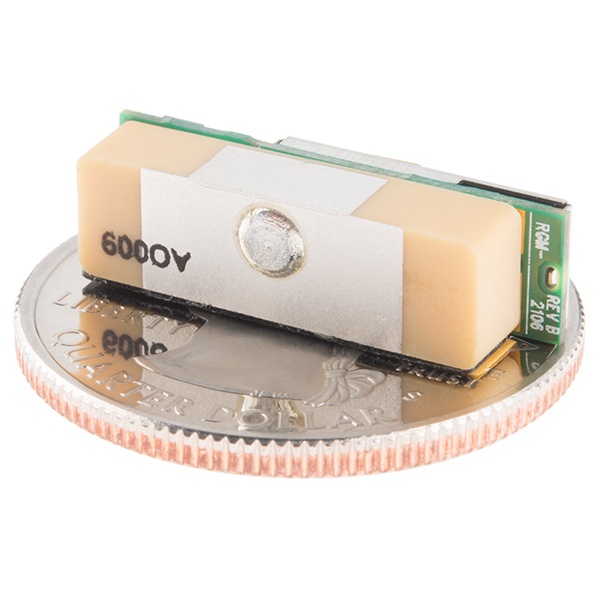
ANy replacement advice for an as small unit (builtin antenna) with 1PPS output??
Does anyone know how to update the alamac or ephermis on these things? I've been having really, really, long cold start times. I have the SiRFDemo software and allows for uploads of said data (or at least the program can do it, whether the chip will accept it is a different story).
Usually phones with gps get a "QuickFix" update, they call it.
p.s. - I HATE the FFC connector. I swear I got a bend or kink at the end of the blue tape. If you are going to get one of these and need the ribbon, get a few of them....
How to get a reliable enable/disable working:
ON
OFF
I wanna see this with the quarter!
How about getting some of these modules: GPS RADIONOVA SS3?
They seem not as good as GP-2106 perhaps, but can't beat the price at $3! I wonder who they would sell to and in what quantities. Surely, us mere mortals can't buy them, but maybe sparkfun could?
I second this request!
does it have an antenna? sounds like it's just the IC, not the whole GPS module.
No idea - really hard to tell from the article. From the size, I would guess probably not. But they do say 'complete module' (though that does sometimes mean front end RF (+LNA?), but no antenna). Surely more info or even a datasheet will surface soon enough...
If it doesn't have an antenna and is just the IC part of it, yeah, it's gonna be cheap and the two really aren't directly comparable.
Well look at your Venus GPS chip.
Of course.
Just finished assembling one for a cat tracker and went outside for a test drive (without a cat). All the leds were flashing and i was hopeful. Dont know what went wrong, got the config file on the sd card plus many log text files. two contains data but only with incompressible caracters like asian ones.
The net weight of GP-2106 is 3.01g.
I ordered the last ten scrap boards from the ding and dent category, and they say GP 2106 on the bottom...... So a breakout can't be too far off....
Looks like the GPS-logging cat collar can finally be a reality!
If you work on that cat collar post pix or links! I'd like to use this for animal monitoring as well but on sea otter flippers around the Monterey bay. We're working with Fish and Wildlife Services to make solar powered Zigbee flipper tags and this guy would be gold if he worked out.
Hello,
I'm looking to use this in a small high-altitude balloon project and I'm wondering if the the velocity/altitude restrictions are triggered via AND or OR. If this module is an OR type on the restriction does anybody know of another small module that would work for me?
Can this module output physical orientation data like tilt, roll or heading?
What is the interfacing options for this ?
Is it compatible with UNO or MEGA ?
This module uses a 1.8V serial UART interface. If you want to use this board with UNO or Mega, you will need to level shift the serial lines using the evaluation board.
Does this come with connector cable?
This is the only GPS module I have ever used. Yes, it's very small. That aspect I like very much. I couldn't manage to get any pseudorange data from it and I couldn't manage to preload the module with an approximate position,ephemeris and almanac data. I haven't really figured out how to use warm and hot starts at present but can send it into hibernate mode using around 150µW for the gps module and the rest of my board (buck, mpu, etc).
here is a picture of the board I made for this module GpsBoardPic
I would recommend this gps module to others.
Remember though that soldering a connector onto a board for this module is fairly delicate.
Can someone who has this and used it please give some feedback as to how well it works.
hello seulater, I have used this as external GPS for my android phone, In open sky conditions makes fix around 20 seconds, average accuracy between 1.5 to 2.5 m,
however not impressive indoor conditions though it fixes around 1 to 3 minutes.
:)
Thanks
Pratik
Question: Is there any way to remove on/off button/interface. Right now, to start module I have to press that button on GP-2106. Is there any work around ? THANKS.
Answer: Customers should use its own GPIO to control the On/Off. Then they don't need the button.
BR//Jason
Has anyone written an Arduino library for this part? I have integrated this part into the design of the http://ArduMotion.com board and am looking for some sample code to use to test... Thanks in advance
The code should be the same as pretty much any GPS module. Check our tutorials for code on how to read in GPS data. It's not going to differ much at all between various GPS modules.
Thanks Robert, I have already downloaded the TinyGPS library which is NMEA 0183 compatible but am looking for how to turn this module on and off using the ON/OFF pin. The .pdf document indicates:
ON/OFF Input pulse is required to start the system, and switch the operation mode to full-power mode or Hibernate mode.
But they don't specify the pulse duration, on-off-on, or off-on-off and the duration of each state to active ON, OFF, and STANDBY (Hibernate) function. Can anyone contact the engineers and find out the details?
Ah, I get it. The datasheet doesn't specify what it wants? our breakout just has a simple SMD button. you could probably test different methods of driving it high, delay, then low and see what works if it's not directly specified in the datasheet.
my guess is that it's just an on-off and off-on when you press it. it waits for a signal, changes the state, and then waits for another signal to turn off again.
Has anyone successfully linked one of these to a micro SD logger like OpenLog and a battery?
This is perfect for my robot project!
I am new to prototyping, and deciding whether to use an XBee or GPS in my design. If I go XBee, I need two of them, one to act as a transmitter and one as a receiver.
If I use this, or any GPS unit, what would be my receiver? Thank you.
About GPS, the GPS unit is the receiver, and satellites are the transmitter. GPS unit only receives the signal from satellites (and does no transmitting at all) and calculates current position from them.
If you need to access the location of your GPS unit from distance, you need some kind of communication. It can be done using two XBee units, one of them receives location information from connected GPS unit, and sends it to another XBee unit over the air.
Will there be a breakout for this gps? How do you get 1.8v from Arduino?
In the works...
I would like to purchase this module and connect my own GPS antenna and Low Noise Amplifier to the receiver.
Are there any schematics available so that I can bypass the built-in antenna and LNA?
Why doesn't Sparkfun have a SiRF IV receiver without the built-in antenna?
The datasheet specifies:
It's not clear to me if this means that the PPS output isn't presently supported by the firmware, or if it means the PPS isn't enabled when the device is powered on, and needs to be enabled.
Anyone have the module and can confirm actual status?
(And does anyone know how to enable it, if possible? If it's possible, I'm guessing a NMEA config line?)
I have one running right now and the PPS is working fine and dandy. I think I got it from stock a few weeks ago.
Manuf was nice enough to forward my question to an engineer, which kindly responded:
So looks good, and looks like this module should be a good choice for NTP time sync.
insert warning about small parts presenting a choking hazard to small children here
Any specs on the weight? Looks like this could be great for those blimp or quad-copter projects where each gram makes a difference.
any specs on the connector? looks like a FFC ribbon but what is the pitch?
what a cute (and capable!) little GPS module =)
It appears that the connector is a HiRose FH34SRJ-6S-0.5SH(50) which is a "FPC" connector. See data sheet section 1.5 and 1.7.
http://www.hirose.co.jp/cataloge_hp/e58012017.pdf
A breakout board would require a "FPC" cable or require a replacement of the connector which might be possible with steady hands.
McZ
Looks as if it would be possible to solder your own wires to the 6 pads next to the connector...
Does anyone know what kind of software load it has? It normally is output to the port when it starts up. Some versions allow raw measurement output which can be very helpful for advanced projects that want to integrate GPS with other sensors.
Hi,
The datasheet does not say anything about hardware integration... This kind of modules often have requirements on placement near ground planes or switching logic. For example, the Fastrax UC-430 is also tiny but needs much broader board to work. Another module I know of, the OriginGps ORG14xx, is only 15x15mm and still needs 6mm clearance around and 1.6mm below. Beware of small GPS modules.. their antennas still need ground planes.
Regards,
Michele
This is very good, though the update rate is a bit low. Have been wanting a smalller module...
Looks like it would not take much to rig up a .1 header given the gold pads next to the connector. Just epoxy a 0.1 header on top of the current connector and use some "wire wrap" wire to make the connections.
Something like this ([-] is plastic part of header to epoxy.)
---[-]-
....[PCB IS HERE]
When a breakout board is created, will it have voltage regulation/logic level translation?
Excellent work spark fun. I would love to track corp laptops, but there is just no space inside a modern laptop for this kind of stuff. This should help go a long way to finding that solution.
One of these and a data logger TaDa! shows where its been! ( until the memory fills)